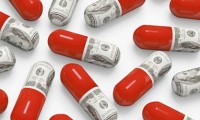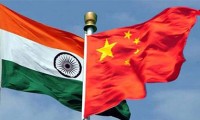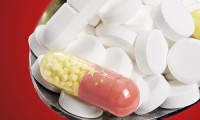-
Nonprofit Report Discloses Worst Patent ‘Offenders’; AbbVie, Roche and Pfizer
- Source: FiercePharma
- 806
- August 8, 2018
-
China Welcomes Indian Drugmakers, as Trade with U.S. Sees Tension
- Source: FiercePharma
- 1,345
- July 17, 2018
-
China’s Drastic Reduction in Cancer Drug Price
- Source: FiercePharma
- 1,096
- July 11, 2018
-
Novel Blood Test to Determine Right Time for Drug Administration
- Source: The Verge
- 860
- July 6, 2018
-
Indian Government to Ban Oxycontin Imports
- Source: SputnikNews
- 862
- June 29, 2018
-
Delhi Minister States Essential Medicines Will Be Sold At MRP
- Source: Ddu
- 1,137
- May 29, 2018
-
Rise in China’s Global Pharma Market up to $175 billion by 2022 – Market Prediction
- Source: Ddu
- 1,241
- May 24, 2018
-
The Future of Pharmacy
- Source: Blockchain Healthcare Review
- 871
- February 5, 2018
-
3 Amazing Advances in Pharmaceutical Drugs in 2017
- Source: Ddu
- 806
- December 25, 2017
your submission has already been received.
OK
Subscribe
Please enter a valid Email address!
Submit
The most relevant industry news & insight will be sent to you every two weeks.













